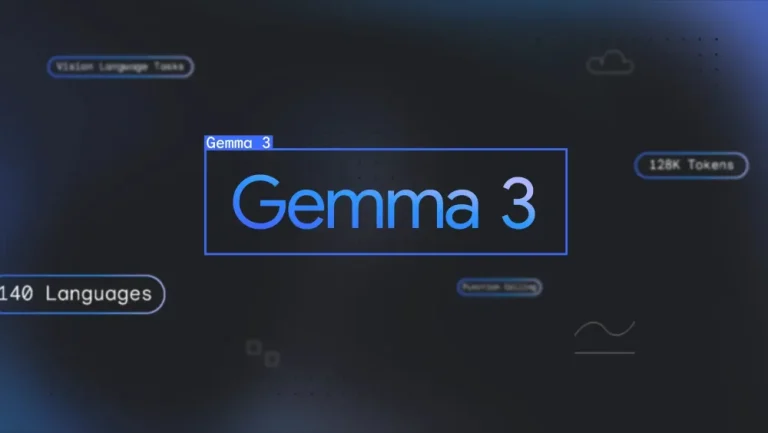At the beginning of this year, Google rolled out a firmware update for the Pixel 4a, but many users reported that their devices became unreliable or even completely unusable after installation. Initially, it was widely assumed that the issue stemmed from a flaw in Google’s firmware release.
However, Google later clarified that the primary purpose of this update was to optimize battery performance, introducing a new battery management system designed to prevent long-term performance degradation. Unfortunately, the update also reduced the battery capacity of certain devices, prompting Google to offer compensation to affected users.
In reality, this issue was not limited to a small subset of devices—the vast majority of Pixel 4a units that installed the update experienced a significant decline in battery life. Essentially, Google deliberately restricted charging capacity through firmware updates, rendering the Pixel 4a practically unusable. However, the compensation provided by Google was insufficient to cover the cost of purchasing a replacement device.
As for Google’s reasoning behind this move, the answer has finally emerged. Australian regulatory authorities have officially announced a recall for the Pixel 4a, citing overheating risks in the recall notice.
Overheating is a well-documented risk for lithium-ion batteries, as excessive temperatures can lead to battery swelling, combustion, or even explosions. The true intent behind Google’s firmware update was, therefore, to limit charging capacity and mitigate the risk of severe incidents.
The Australian recall notice explicitly states that Google voluntarily initiated the recall within the Australian market. Notably, a recall does not necessarily require physical retrieval of the devices—it can also be executed via software updates that alter device functionality.
Prior to this, Google had never disclosed that these firmware updates were intended to reduce the Pixel 4a’s overheating risks. Moreover, no similar recall announcements have been made in other markets, leaving users questioning the rationale behind Google’s selective approach to addressing the issue.
Returning to the Pixel 4a, the drastic reduction in battery capacity post-update means that users may now need to recharge their devices every few hours, significantly impacting usability. Given these circumstances, it remains uncertain whether Google will face class-action lawsuits from affected consumers in the future.


